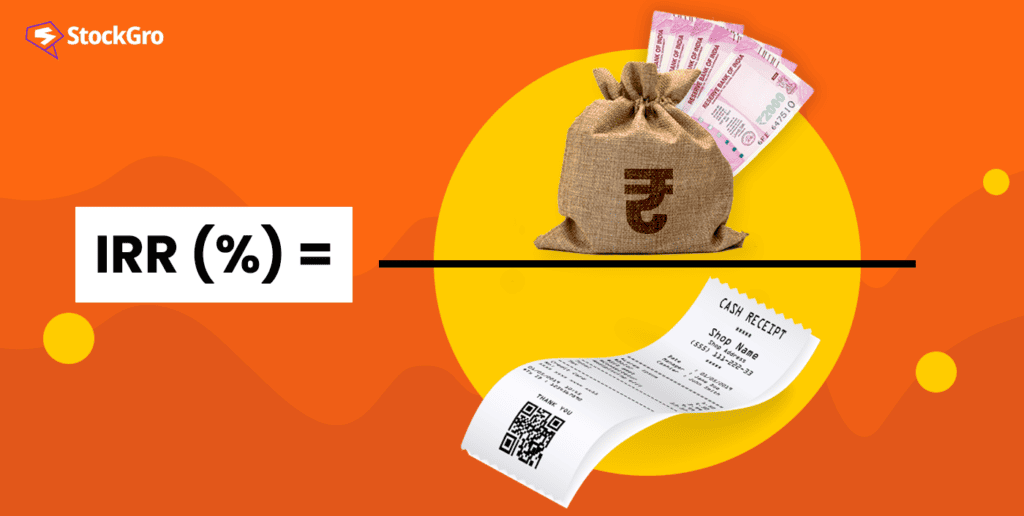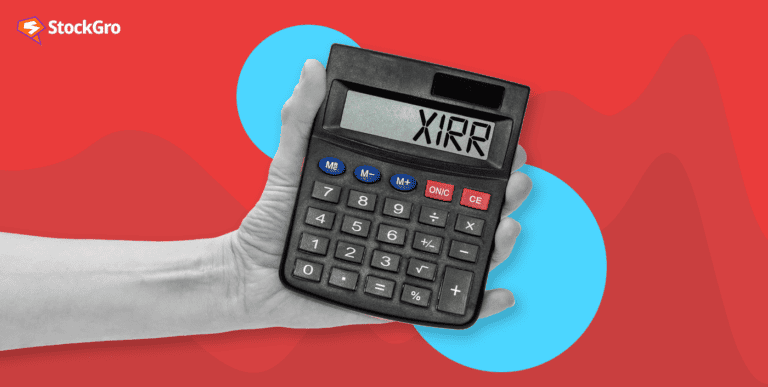
The interest coverage ratio is a financial metric that assesses a company’s capability to manage its debt-related expenses. In simpler terms, it tells us how comfortably a company can pay off the interest on its debt.
If we were to think of a company as an individual, this ratio would indicate how easily this individual can handle monthly credit card interest charges without struggling.
This metric holds significance in the financial world, especially for market analysts and investors, because if a company can’t cover its interest costs, it could be a red flag about its financial health.
For instance, Indian companies like Reliance or Tata may use this ratio to showcase their robust financial standing to stakeholders.
What is Interest Coverage Ratio?
The Interest Coverage Ratio (ICR) is a metric used to evaluate a company’s financial health by analysing its ability to meet the interest payments on its outstanding debt from its earnings.
It essentially illustrates how many times a company can cover its interest expenses with its current earnings. A higher ratio indicates a better financial cushion to withstand downturns in revenues, while a lower ratio suggests a precarious financial position, where even minor drops in revenue could lead to financial distress.
You may also like: Decoding the cash reserve ratio: Your guide to understanding banking reserves
Calculate interest coverage ratio
The formula for calculating the Interest Coverage Ratio is straightforward:
Interest Coverage Ratio= EBIT/Interest Expense
where:
– EBIT stands for Earnings Before Interest and Taxes,
– Interest Expense refers to the total interest payable on debts for a specific period.
For instance, if an Indian company has an EBIT of ₹10 lakhs and its interest expense for the year is ₹2 lakhs, the Interest Coverage Ratio would be:
ICR = ₹10lakhs/₹2lakhs = 5
This implies that the company can cover its interest payments five times over with its current earnings, indicating a strong financial position. Conversely, a lower ratio would mean lesser capability to cover interest expenses, posing potential risks.
Interest coverage ratio interpretation
A lower interest coverage ratio often indicates that a company has more debt and is at a higher risk of financial trouble. Simply put, a lower ratio means there is less profit available to cover interest payments, making the company more vulnerable to changes in interest rates. On the flip side, a higher interest coverage ratio suggests better financial stability, showing that the company can comfortably pay its interest.
However, a very high ratio could also mean the company is not taking enough advantage of borrowing to grow.
Typically, a ratio above 2 is considered acceptable for companies with steady revenues. Some analysts prefer a ratio above 3. If the ratio is below 1, it signals financial distress, meaning the company may struggle to pay its short-term interest.
Here’s a simple table to help you understand how to interpret the Interest Coverage Ratio (ICR):
| Interest Coverage Ratios | Interpretation |
| 1 or Less | A low interest coverage ratio suggests that the company struggles to cover its debt expenses effectively, indicating a higher risk of defaulting on its liabilities. |
| 1.5 to 2 | An interest coverage ratio within this range indicates that the company generates sufficient earnings to comfortably cover its liabilities and debt obligations. |
| 2 or More | A high interest coverage ratio indicates that the company generates significantly more earnings than required to cover its debt expenses, allowing it to comfortably meet its financial obligations. |
Interest Coverage Ratio Example
Consider a company with quarterly earnings of ₹6,25,000 and monthly debt payments of ₹30,000. To find the ICR, convert monthly to quarterly payments (₹30,000 x 3 = ₹90,000). Now, calculate ICR: ₹625,000/₹90,000 = 6.94. This high ICR shows good liquidity, with no immediate debt servicing issues.
An ICR of 1.5 is often seen as the minimum acceptable, below which lenders may hesitate to offer more funds, fearing default. Should the ICR fall below one, the company might need to dip into reserves or seek additional borrowing to cover the shortfall, although securing new loans could be challenging.
Even a single month of low earnings can push a company towards bankruptcy if the ICR is insufficient.
Also Read: Understanding stock valuations using PEG ratio analysis
Below is a simplified table to illustrate comparisons between two hypothetical Indian companies, Tata Steel and JSW Steel:
| Parameter | ABC Steel | XYZ Steel |
| EBIT (in Rs.) | 2,00,00,000 | 1,50,00,000 |
| Interest Expense (in Rs.) | 5,000,000 | 30,00,000 |
| Interest Coverage Ratio (ICR) | 4 (20,000,000 / 5,000,000) | 5 (1,50,00,000 / 30.00,000) |
In this table:
- The Interest Coverage Ratio (ICR) is calculated by dividing EBIT by the Interest Expense, as per the formula.
The table simplifies the comparison of ICR between ABC Steel and XYZ Steel, indicating that ABC Steel has a higher ICR and, thus, potentially a better ability to cover its interest expenses from its earnings before interest and taxes compared to XYZ Steel.
Types of interest coverage ratios
The Interest Coverage Ratio can have different variations based on the earnings considered in its calculation:
EBITDA-based Ratio:
- Utilises Earnings Before Interest, Taxes, Depreciation, and Amortization (EBITDA) instead of Earnings Before Interest and Taxes (EBIT).
- Exclusion of depreciation and amortisation increases the numerator, yielding a higher ratio compared to using EBIT, given the same interest expense.
EBIAT-based Ratio:
- Utilises Earnings Before Interest After Taxes (EBIAT) instead of EBIT.
- Deducts tax expenses from the earnings, aiming to provide a more realistic view of a company’s capacity to meet its interest obligations.
Limitations of the interest coverage ratio
You can evaluate the financial health and operational risks of companies, particularly in comparing firms within the same industry, by understanding the following variations and limitations.
Also Read: The simplicity and enigma of debt to equity ratio
Variability across industries:
- The acceptable standard for Interest Coverage Ratio varies significantly across industries due to differing operational and financial risks.
- For instance, a utility company with consistent revenue may find an Interest Coverage Ratio of two acceptable, while a manufacturing company, prone to business fluctuations, might require a higher ratio of three or more.
Variability within industries:
- Even within the same industry, differing business models and revenue levels can lead to substantial variations in the Interest Coverage Ratio.
- Unanticipated events like a workers’ strike or economic downturns can significantly impact the ratio.
Selective debt inclusion:
- Companies might opt to include or exclude certain types of debt in their Interest Coverage Ratio calculations, potentially misrepresenting their ability to cover interest expenses.
- Evaluating a company’s disclosed Interest Coverage Ratio requires scrutiny to ensure all relevant debts have been included in the calculation.
The Bottom Line
The Interest Coverage Ratio (ICR), or Times Interest Earned (TIE) ratio, portrays a company’s capacity to cover the interest expenses on its debt. It’s obtained by dividing a firm’s EBIT (or EBITDA or EBIAT) by the interest expense for a specific period.
A typical benchmark is a ratio of 1.5. The figure below 1.5 suggests the company might struggle to meet its interest obligations, indicating financial distress.
However, it’s essential to note that these figures can significantly differ across various sectors, making it crucial to compare firms within identical industries with similar business frameworks to get a more precise insight.

